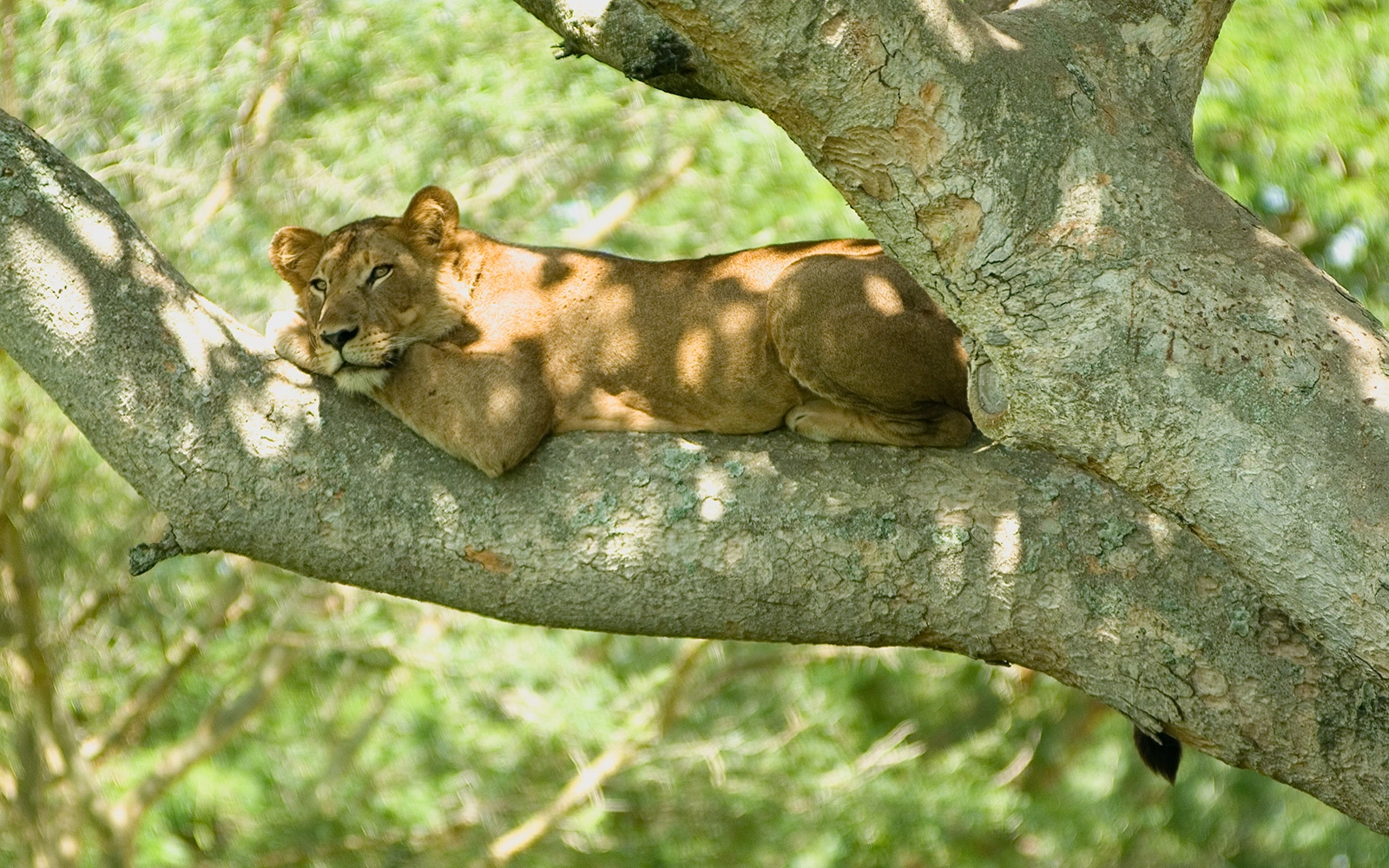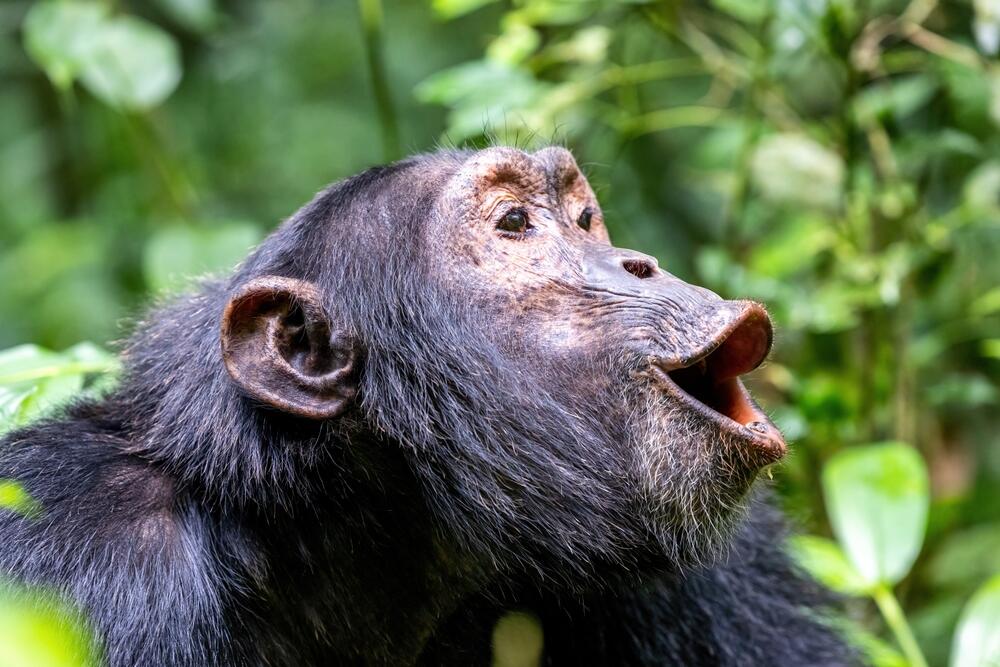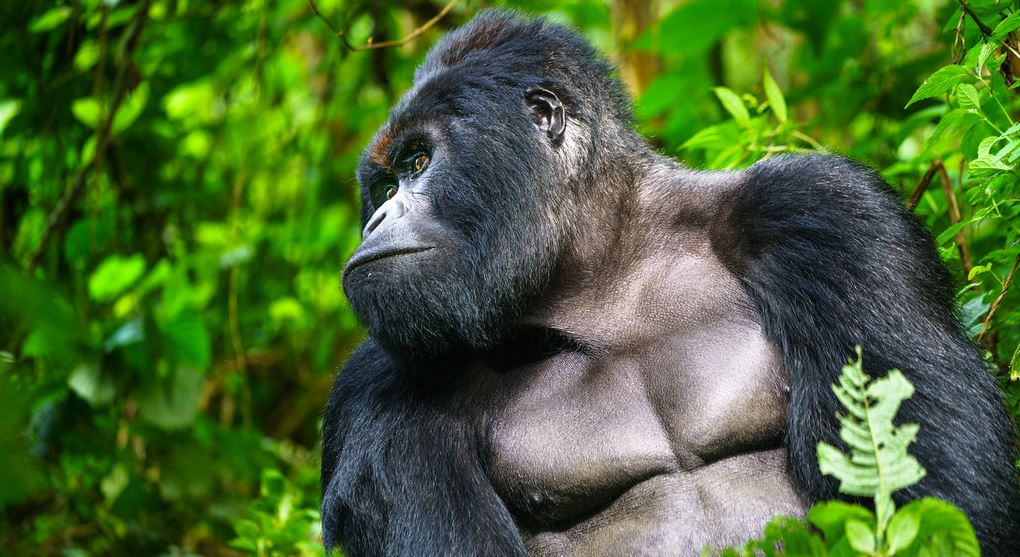Table of Contents
ToggleHow Much Does A Safari In Uganda Cost?
The average cost of a Uganda safari is between USD 150 and USD 1000 per person per day. A permit to see the Uganda gorillas costs USD 800 per person per trek.
The cost of chimpanzee trekking permit in Uganda is USD $ 250 per person per trek. Budget or cheap safari accommodation costs around $ 60 per night.
Uganda is one of the most overlooked Africa safari destinations, yet it is the most naturally diverse safari country on the continent. It is also one of the most affordable safari destinations you can visit in Africa. There is literally a safari to suit every budget.
You may also like; how to plan a budget-friendly trip to Uganda?
average Cost safari in Uganda (Depending on Your Travel Style)
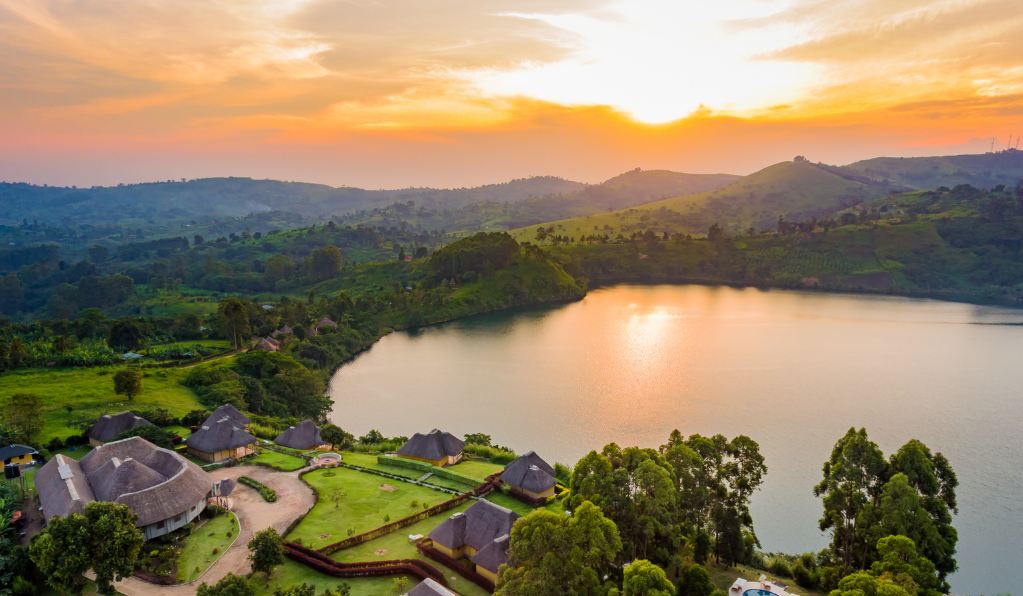
The costings table below gives you an instant overview of the average cost of a safari in Uganda per person per day, depending on your travel style.
Use this table to quickly match your daily budget to the kind of Uganda safari tour you can afford. There is one – large, hairy thing – that has a serious impact on Uganda safari budgets: the mountain gorilla.
If you want to see Uganda’s most iconic wildlife attraction then you need to budget $800 for the gorilla trekking permit alone. Traveling during the low season months of October to November and March to April helps reduce the cost of your Uganda safari.
| Comfort Level | Private (Per day) | Group (Per day |
|---|---|---|
| Budget Accommodation | $ 250 | $ 200 |
| Mid-range Accommodation | $ 425 | $ 250 |
| Luxury Accommodation | $ 600 | $ 550 |
| High End Accommodation | $ 1000 | N/A |
Rates in USD $; excluding additional costs like international flights, tips and personal items
Uganda National Park Fees
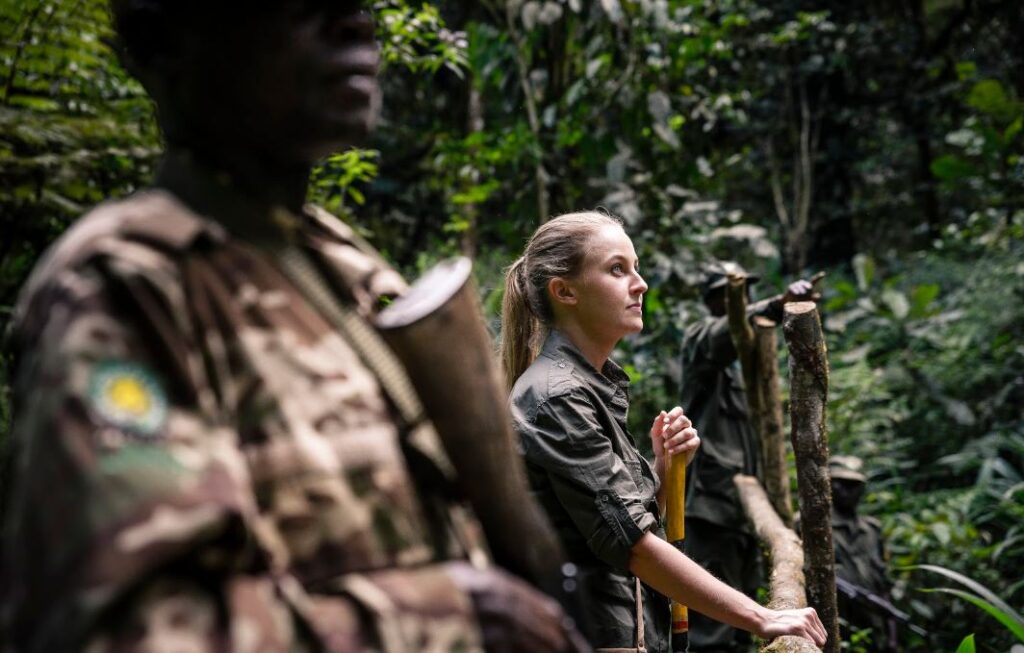
While on a safari in Uganda safaris parks, you’ll pay an entry fee for each park that you visit. The fees are charged per 24-hour period and do not include the activities.
The entry fees for the gorilla parks of Bwindi Impenetrable National Park and Mgahinga Gorilla National Park are included in the gorilla permit for those going for gorilla trekking. Below are the park fees for other Uganda’s best national parks.
Murchison Falls National Park Entry Fees
- Foreign Non Resident: USD$ 45
- Foreign Resident: USD$ 35
- East African Citizen: UGX 25000
Entre fees for Queen Elizabeth, Kibale Forest, Lake Mburo and Kidepo National Parks
- Foreign Non Resident: USD$ 40
- Foreign Resident: USD$ 30
- East African Citizen: UGX 20000
Entre fees for Rwenzori Mountains, Mount Elgon and Semuliki National Park
- Foreign Non Resident: USD$ 35
- Foreign Resident: USD$ 25
- East African Citizen: UGX 15000
Uganda Safari Parks Activity Cost 2024/2026
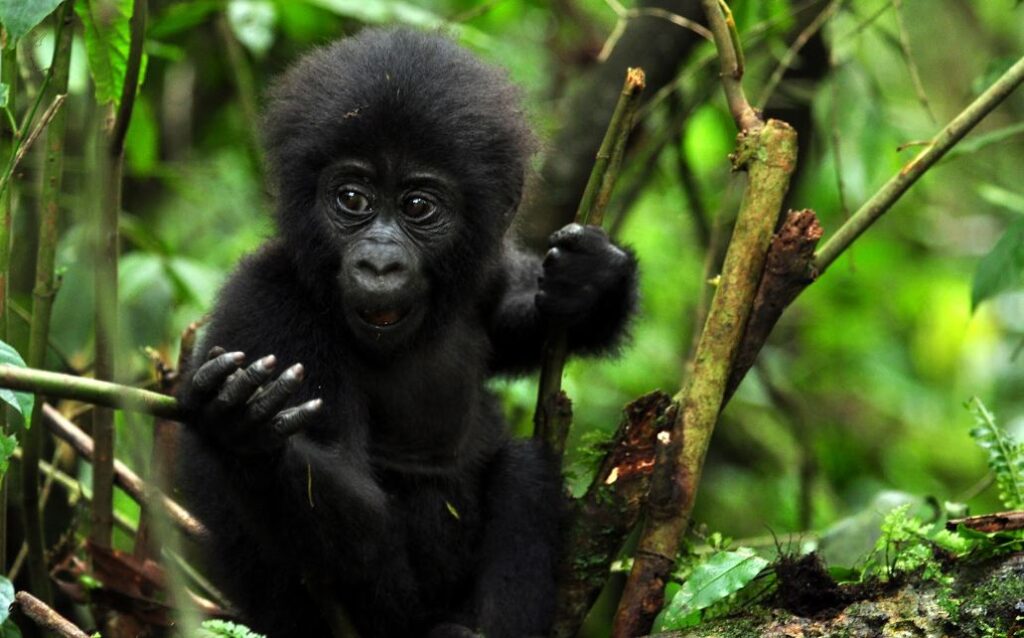
Besides park entry fees above, visitors to the parks will be charged activity fees. Popular Uganda safari activities include gorilla trekking, gorilla habituation experience, chimpanzee trekking, bird watching, and guided nature walks to mention just a few. Uganda is possibly the best gorilla trekking destinations in Africa as permits are more affordable.
For instance, the gorilla habituation experience in Bwindi will give you roughly 4 hours with these gentle giants for the same cost as a gorilla permit in Rwanda that gives you just 1 hour with the gorillas. Below is a list of some of the Uganda parks activities and their costs:
1. Bwindi Impenetrable National Park Safari Costs
Gorilla Trekking Permit Price:
- Foreign Non Resident: USD$ 800
- Foreign Resident: USD$ 700
- Rest of Africa: USD$ 500
- East African Citizen: UGX 300,000
Gorilla Habituation Experience Permit Price
- Foreign Non Resident: USD$ 1500
- Foreign Resident: USD$ 1000
- Rest of Africa: USD$ 1000
- East African Citizen: UGX 750,000
Birding and Day Nature Walks Price
- Foreign Non Resident: USD$ 40
- Foreign Resident: USD$ 30
- East African Citizen: UGX 30,000
Batwa Forest Exploration Cost
- Foreign Non Resident: USD$ 40
- Foreign Resident: USD$ 40
- East African Citizen: UGX 40,000
Mgahinga Gorilla National Park Safari Costs
Gorilla Trekking: Same price as for Bwindi
Golden monkey trekking Permit Price
- Foreign Non Resident: USD$ 60
- Foreign Resident: USD$ 50
- East African Citizen: UGX 40,000
Batwa Cultural Trail Price
- Foreign Non Resident: USD$ 80
- Foreign Resident: USD$ 70
- East African Citizen: UGX 30,000
Volcano Hiking Cost
- Foreign Non Resident: USD$ 100
- Foreign Resident: USD$ 80
- East African Citizen: UGX 50,000
3. Kibale Forest National Park Safari Cost
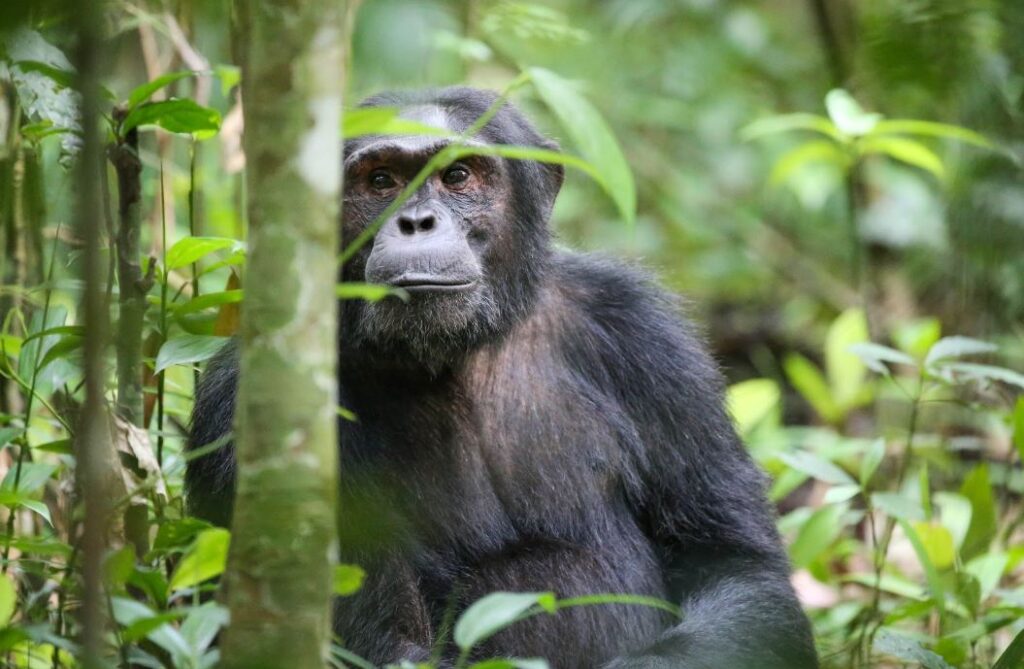
- Foreign Non Resident: USD$ 250
- Foreign Resident: USD$ 200
- East African Citizen: UGX 180,000
Chimpanzee Habituation Experience Permit Price
- Foreign Non Resident: USD$ 300
- Foreign Resident: USD$ 250
- East African Citizen: UGX 250,000
4. Murchison Falls National Safari Cost
Guided day game drive
- Foreign Non Resident: USD$ 25
- Foreign Resident: USD$ 20
- East African Citizen: UGX 25,000
Guided night game drive
- Foreign Non Resident: USD$ 40
- Foreign Resident: USD$ 35
- East African Citizen: UGX 40,000
Boat cruise to Murchison Falls
- Foreign Non Resident: USD$ 30
- Foreign Resident: USD$ 25
- East African Citizen: UGX 30,000
Top of the falls visit
- Foreign Non Resident: USD$ 15
- Foreign Resident: USD$ 10
- East African Citizen: UGX 10,000
5. Queen Elizabeth National Park Safari Cost
Guided day game drive
- Foreign Non Resident: USD$ 25
- Foreign Resident: USD$ 20
- East African Citizen: UGX 25,000
Guided night game drive
- Foreign Non Resident: USD$ 40
- Foreign Resident: USD$ 35
- East African Citizen: UGX 40,000
Boat cruise on Kazinga Channel
- Foreign Non Resident: USD$ 30
- Foreign Resident: USD$ 25
- East African Citizen: UGX 30,000
Chimpanzee Trekking in Kyambura Gorge
- Foreign Non Resident: USD$ 100
- Foreign Resident: USD$ 80
- East African Citizen: UGX 50,000
Lion Tracking Price
- Foreign Non Resident: USD$ 200
- Foreign Resident: USD$ 150
- East African Citizen: UGX 200,000
6. Lake Mburo National Park Safari Cost
Guided day game drive
- Foreign Non Resident: USD$ 20
- Foreign Resident: USD$ 15
- East African Citizen: UGX 20,000
Guided night game drive
- Foreign Non Resident: USD$ 30
- Foreign Resident: USD$ 15
- East African Citizen: UGX 50,000
Nature Walk
- Foreign Non Resident: USD$ 25
- Foreign Resident: USD$ 20
- East African Citizen: UGX 10,000
Boat cruise on Lake Mburo
- Foreign Non Resident: USD$ 30
- Foreign Resident: USD$ 25
- East African Citizen: UGX 20,000
Cycling Tour in the park
- Foreign Non Resident: USD$ 30
- Foreign Resident: USD$ 25
- East African Citizen: UGX 30,000
Additional Uganda Safari Costs Explained
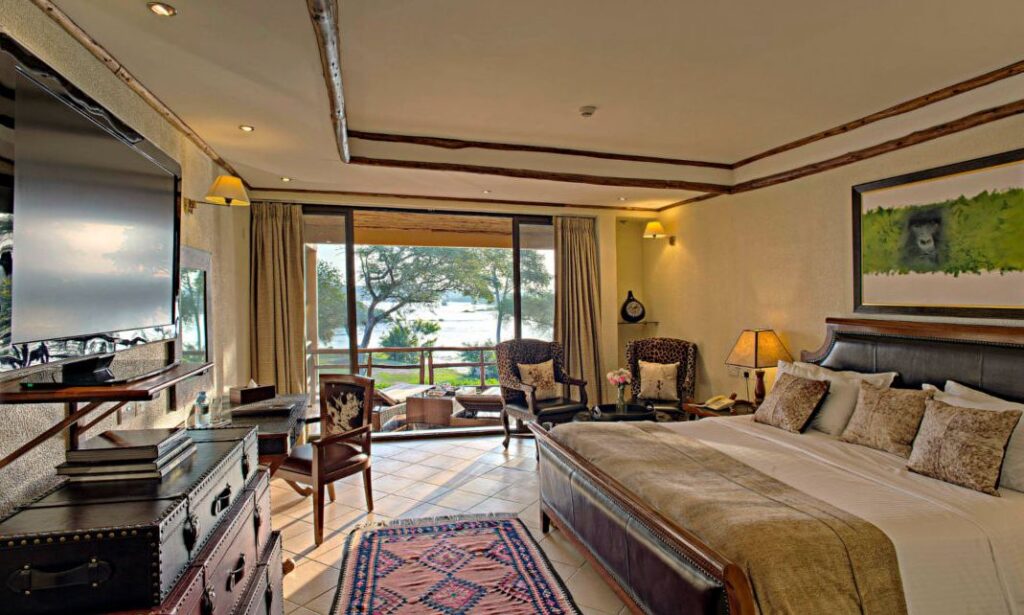
The following list covers some additional Uganda safari costs – some obvious, some less so – that you might need to add into your overall budget of Uganda safari.
1. International Flights
We will gladly book your international flights. However, we find that many clients book their own flights, so we do not include international flights in our quotations unless specifically requested. Direct international flights to Uganda aren’t that common. It’s often considerably cheaper to fly via Nairobi and change to a Kenyan budget airline there.
2. Visa Cost
A Uganda visa is required by most nationalities, including those of EU, United States, and Australia. The single-entry visa or Uganda tourist Visa costs $50. If you’ll also be traveling to Kenya or Rwanda get an East African tourist visa for $100.
3. Accommodation
Check your flight schedule. If you arrive in the afternoon, your Uganda tour may start the next day and so you might need accommodation before your safari begin.
This may also apply at the end of your safari if you have an early morning flight. Uganda safari accommodation is generally a little cheaper than in neighboring Tanzania, Rwanda, and Kenya. A couple of hundred US dollars will often get you a very pleasant place to stay. Around the gorilla national park of Bwindi Impenetrable Forest prices are higher.
4. Vaccinations
Health-wise you may probably need several vaccinations before arrival in Uganda. A yellow fever vaccination is mandatory for entry into Uganda. Uganda is situated on the Equator and the equatorial climate means that mosquitoes are common in Uganda. It is that recommended that you take anti-malarial medication (seek advice from your local doctor).
5. Tips
Tipping is expected in better-quality Uganda safari lodges, hotels and camps. Drivers and guides also expect to be tipped. You can bring a couple of hundred dollars in smaller bills to cover tips. To give you a hint: US$ 10 to 15 per person per day.
6. Travel Insurance
Standard travel insurance is fine for most Uganda safari safari activities, including gorilla trekking and chimpanzee tracking. If you are heading up to the remote, little-visited far northeastern corner (Karamoja Region) of Uganda, where there have been security issues in the past, check that your insurance is valid for that region.
7. Souvenirs And Curios
It’s always nice to take something home with you or get gifts for someone back home. There will be plenty of opportunities to shop around for something special as a keepsake from your Uganda safari.
8. Alcoholic Drinks
These are very seldom included in the cost of Uganda safari. If you’re partial to scotch or beer, the best budget for some recreational drinking.
9. Laundry
Packing space is limited due to weight restrictions on flights. Laundry services are available, but these will some times have to come out of your own pocket. Further Reading: What to pack for a safari in Uganda?
Factors Influencing The Uganda Safari Cost
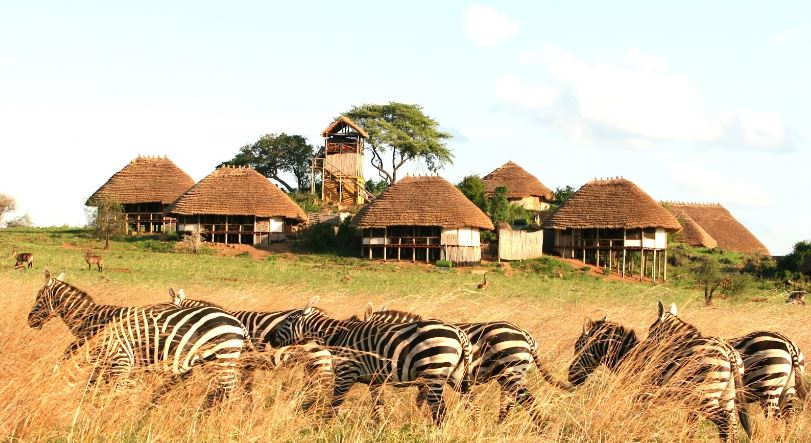
Now you have considered the additional Uganda safari costs, you can start to look at all those other variables that can influence overall cost of a safari in Uganda.
The general cost of a Uganda safari tour varies hugely depending on several of factors. The most important are the time of year you will be visiting the country, the national parks and wildlife reserves you wish to visit, and how exclusive you are prepared to go.
1. Your Length Of Stay
We hardly need to state that the length of time you spend on a safari in Uganda has a direct impact on how much it is going to cost you. And if you are buying a fully packaged Uganda safari trip using the same company like Tulambule for everything, then the per-day price does tend to drop slightly the longer you spend on safari.
Otherwise, if putting together your own Uganda safari itinerary the per-day costs do not change much whether you spend a weekend or a month in the country. Hiring a safari vehicle and driver is always cheaper per day if you hire the vehicle for a longer period.
2. Level Of Accommodation You Want
As with any holiday, accommodation is going to eat up the lion’s share of your Uganda safari budget. And the more comfort you require the more a Uganda safari will cost.
When compared to, for example, Tanzania, Rwanda, or Kenya, Ugandan safari accommodation is surprisingly good value and you can get a double room at a decent mid-range safari lodge or camp for around $200.
There is a wide variety of accommodations with various amenities available throughout Uganda and prices vary as much as the styles.
3. Location Of Your Preferred Accommodation
Uganda safari accommodation is generally split between those found within the safari national parks/protected areas or those that are a little further away.
The latter is usually cheaper. The areas surrounding Uganda safaris national parks tend to be more developed than in much of Tanzania and Kenya. There are often villages and towns not far from the main entrances to the country’s wildlife safari parks. Several of these have fairly cheap accommodation. Accommodation close to the Uganda gorilla safari parks is almost always more expensive than similar places elsewhere.
4. Your Group Size
Traveling on an organized Uganda group tour (organized through a local Uganda operator) can be cheaper than going it alone. For a simple safari example, a lone traveler will shoulder the full transport cost of a safari vehicle over the number of days it is hired. Any expense that can be shared can be reduced by adding more people to your safari.
One thing that never changes, whether you are traveling solo or in a big group, is park entry fees and the gorilla trekking permit, which are always per person. As an add-on to your organized Uganda safari, and for a different experience for the more adventurous, you could try and create your own small group, hire a vehicle and driver, and explore some of the country at your leisure. This will give you a sense of independence and flexibility.
5. When You Want To Visit Uganda
Another thing to consider when planning you’re a safari in Uganda is the season. Uganda follows the classic East African weather pattern with two rainy seasons between March and May and October and November.
However, unlike Tanzania and Kenya, some of the most famous national parks in Uganda such as Bwindi Impenetrable National Park and Kibale Forest National Park are rainforest parks, and rain of varying quantities can be expected year-round.
But if you can deal with some mud, lots of leeches and some slippery roads, then the start and end of the rainy seasons can be reasonable times to go on a safari Uganda with overall lower costs. The July-to-early September and Christmas high seasons are naturally enough the busiest and priciest times to visit.
6. How Do You Want To Get Around
The easiest way of getting around Uganda is by air. Aerolink and Bar Aviation use small planes to connect the major Uganda national parks.
However, Uganda fly-in safaris are very expensive. Even the shortest hop is unlikely to cost less than $200 per person. The small size of the country and close proximity of many of the parks mean that rather than flying many people hire a 4×4 safari land cruiser and driver (at around $125 per day) or a minivan for US$50 per day.
And in Uganda this is perhaps the choice way to get around as it allows greater flexibility and the chance to see more of this stunning country than just the parks and reserves.
7. Where You Want To Go
Trekking through Uganda’s forest jungles to see wild mountain gorillas is simply the most intense wildlife experience the planet can offer.
But you pay for the honor. Uganda gorilla permits cost $800 per person (you spend one hour with the gorillas). Chimpanzee trekking permits cost $250 at Kibale Forest National Park (the best place), but as little as $50 in Kalinzu Forest.
With all aspects of a gorilla safari tour being expensive, the best way of keeping the cost of your safari in Uganda down is by not seeing the mountain gorillas at all. Uganda has many other protected areas full of interesting wildlife that can be visited for much less.
8. Add-Ons
A white-water rafting adventure on the Nile River in Jinja or a trek in the Rwenzori Mountains National Park is gaining in popularity, but each will add a chunk of money. Much cheaper is a few days chilling on the shores of Lake Bunyonyi, a beautiful island-studded lake with lots of good-value accommodation.
9. Extensions
A safari in Tanzania or a safari in Kenya is a popular add-on to a Uganda safari adventure and is especially easy to organize if you fly via Nairobi. This will add quite considerably to overall tour costs though.

